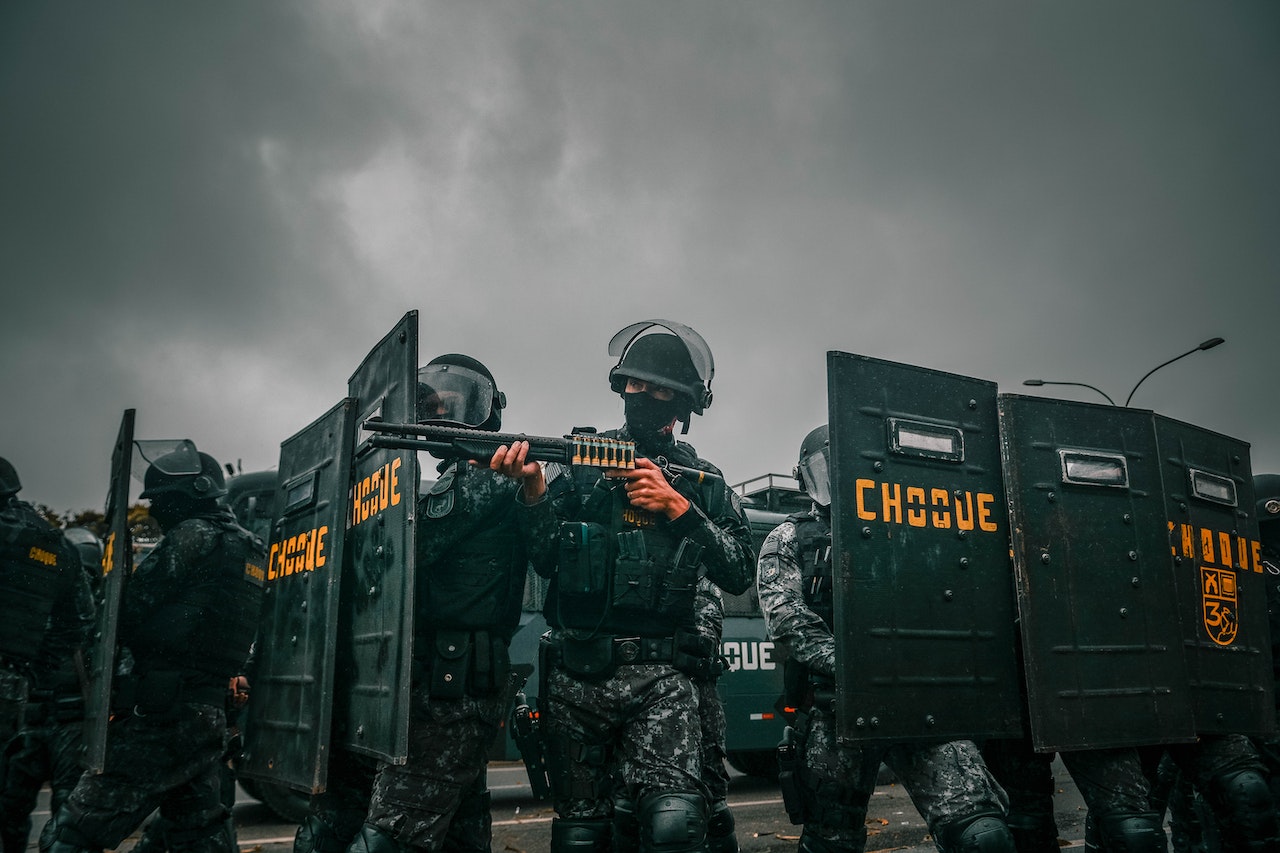As countries around the world invest in their military capabilities, defense budgets continue to rise. In this article, we’ll delve into the latest data on military spending, discuss the reasons behind these allocations, and explore the implications for global security.
Table of Contents
- A Snapshot of Global Military Spending
- The Top 5 Defense Budgets: A Closer Look
- Why Do Countries Allocate So Much to Defense?
- The Ripple Effects of Military Spending
- Is There a Better Way? Rethinking Defense Budgets
1. A Snapshot of Global Military Spending
According to the latest data, global military spending has reached unprecedented heights. Here’s a quick breakdown of the numbers:
- Total global spending: Over $2 trillion
- Top 5 countries by defense budget: United States, China, India, Russia, and the United Kingdom
2. The Top 5 Defense Budgets: A Closer Look
Here’s a breakdown of the top 5 countries with the largest defense budgets:
- United States
- Defense budget: Over $740 billion
- Key military investments: Aircraft carriers, advanced fighter jets, missile defense systems
- China
- Defense budget: Over $260 billion
- Key military investments: Naval expansion, space capabilities, artificial intelligence
- India
- Defense budget: Over $72 billion
- Key military investments: Missile systems, combat aircraft, cyber warfare capabilities
- Russia
- Defense budget: Over $65 billion
- Key military investments: Hypersonic missiles, nuclear submarines, stealth technology
- United Kingdom
- Defense budget: Over $60 billion
- Key military investments: Cybersecurity, nuclear deterrents, special forces expansion
3. Why Do Countries Allocate So Much to Defense?
Several factors contribute to countries’ increasing defense budgets:
- Regional conflicts: Tensions between neighboring countries often lead to a buildup of military forces and arms races.
- Global power dynamics: As the balance of power shifts, countries vie for influence and military supremacy.
- Technological advancements: The rapid pace of technological innovation drives countries to invest in cutting-edge military equipment and capabilities.
4. The Ripple Effects of Military Spending
Increased military spending can have far-reaching consequences:
- Economic implications: High defense budgets divert funds from social programs, infrastructure, and other vital public services.
- Arms races: Rising military expenditures can fuel arms races and escalate regional tensions.
- Environmental impact: The production and testing of military equipment can harm the environment and contribute to climate change.
5. Is There a Better Way? Rethinking Defense Budgets
As military spending continues to soar, it’s worth considering alternative approaches to ensure global security and stability:
- Diplomacy and dialogue: Engaging in diplomatic efforts can help resolve disputes and prevent conflicts.
- International cooperation: Collaborative efforts, such as peacekeeping missions and joint military exercises, can promote trust and cooperation between nations.
- Disarmament initiatives: Reducing the global stockpile of weapons and adhering to arms control agreements can contribute to a safer world.
- Investment in non-military sectors: Allocating more resources to education, healthcare, and sustainable development can address the root causes of conflict and create a more stable, prosperous world.
In conclusion, as global military spending continues to climb, it’s essential to critically examine the reasons behind these expenditures and explore alternative approaches to ensuring security and stability. By fostering diplomacy, promoting international cooperation, and investing in non-military sectors, we can work towards a more peaceful and sustainable future.















